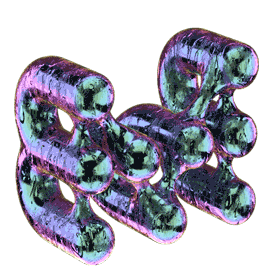




















Ready to kill (This time is this time)
“The wind played around with garbage in a street corner.” Unknown Author
From the start, the exhibition Ready to Kill was conceptualized as a dialogue I had during several weeks in a narrow, limited space. This dialogue took place between myself and artists whose work attracted and spoke to me, forcing me to further examine it. Or was it that I attracted the artists and they examined me through their paintings and drawings? However it happened, in the end I met with each artist in their studio and asked them to join the exhibition.
I intentionally formed the group up out of artists making the medium of painting their own so that I could define the shape of the profile in which their artistic language either meets or unknowingly mutually deflects.
Tomáš Absolon’s work evolves out of a variety of possibilities from minimalistic circles to complicated organic morphologies. He does, however, use a specific colour spectrum which has become characteristic for his work in recent years.
P. Cinky’s drawings look like sketches for large-format paintings. However, they’re a mere record of the author’s obsession in searching for and defining space through random compositions of drafts and coloured areas.
In several works on paper, Sarah Dubná combines coloured pieces of paper with delicate drawings. The fragments that are randomly released onto paper create the impression of a record, but are rather refined compositional solutions.
The canvases that have been coming out of Bety Krňanská’s studio for the past year are defined by their ornamental morphology which comes out of staircases, railings and window grilles in Athens. Nevertheless, behind this decorative ornament hides a sophisticated interpretation full of references to social networks.
In his newest paintings Martin Lukáč returns to references to modern painting, but with a very humorous commentary. His paintings are full of colours, lines and layers which may seem reminiscent of still lifes of bottles of wine, but also the blurred inscriptions a la the poste graffiti of the 21st century.
Julius Reichel paints and paints and paints. At the moment he’s painting enormous canvases in his studio which he predraws and colours in before, following a long process, rubbing it all off until he’s satisfied.



